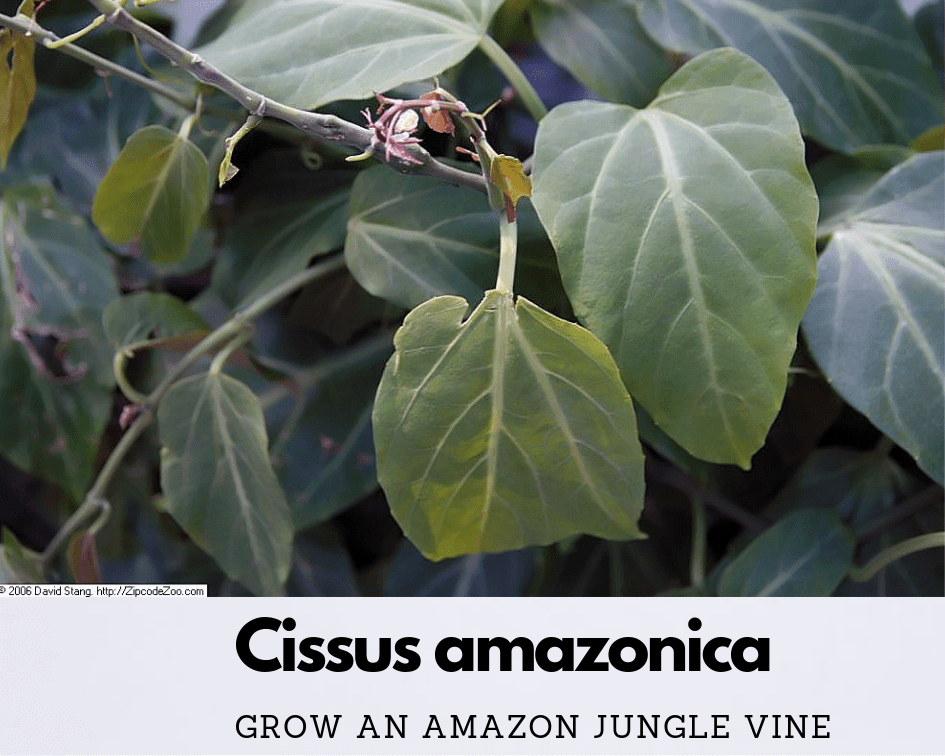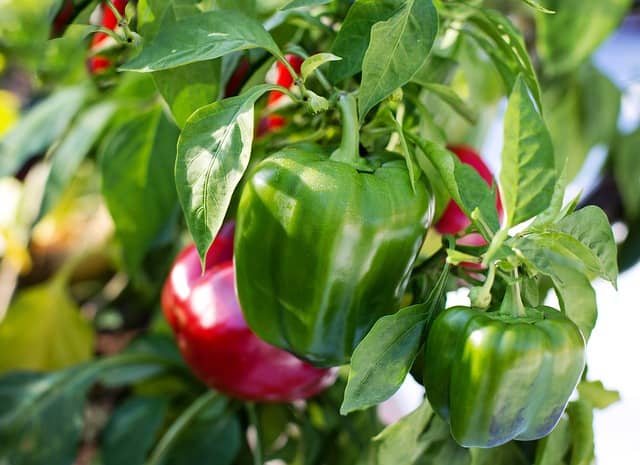This post may contain affiliate links. As an Amazon Associate we earn from qualifying purchases.
Pumpkin plant diseases — tis the season!
It’s that time of year when our email box loads up with questions about growing pumpkins. This year there are a ton of questions about yellow pumpkin leaves, white spots on pumpkin leaves, wilting pumpkin vines and pumpkin plants dying at the crown.
We’ve chosen some of the most-asked questions about problems with pumpkin plants to see if we can get you back on track this growing season.
Yellow pumpkin leaves or pumpkin plant leaves turning white
When the leaves on your pumpkin plant turn yellow, there are several cultural and pumpkin plant disease issues to consider.
Is the plant getting close to fruiting? Did the oldest leaves begin turning yellow first? Did the yellowing first begin on the undersides of leaves or those that are shaded? Finally, check the leaves closely for powdery spots (white or gray).
These are all symptoms of a powdery mildew infection, caused by the fungus Podosphaera fusca. If the disease is advanced, you may lose the plant.
Start by removing the infected leaves, bagging them up and discarding them. Then, remove mulch at the base of the plant and do the same with it. Apply fresh mulch, but don’t allow it to touch the plant.
Powdery mildew attacks when there are low- light conditions, scant rain and little air circulation, so you can prevent it by allowing more space between plants to allow for air flow and watering consistently.
For mild to moderate infections, use neem oil spray (See the Resources section at the end of the post) on the pumpkin vine. If your vines are in full, hot sun, wait until dusk to apply the neem. More severe infections may require the plant’s removal.
Of course, there are other reasons that a pumpkin plant’s leaves may turn yellow. Some involve pests. If you suspect a pest problem, check out this article at the University of Illinois website.
 NOTE: Powdery mildew and downy mildew infections share many of the same symptoms, but treatment for each is different. Downy mildew is not a fungal pathogen. It is caused by a fungus-like micro-organism.
NOTE: Powdery mildew and downy mildew infections share many of the same symptoms, but treatment for each is different. Downy mildew is not a fungal pathogen. It is caused by a fungus-like micro-organism.
Wind helps spread the downy mildew spores and moist conditions help nurture them. You’ll notice “… yellow patches within the veins of the leaf,” and, during periods of high humidity, spores on the undersides of the leaves. (NY State IPM Program at Cornell University)
Use a mancozeb fungicide for control of downy mildew. (See the Resources section at the end of this post).
Pumpkin plant diseases: Small, yellow-brown spots on pumpkin leaves
Again, if the spots appear on older leaves, or those near the crown, suspect Alternaria leaf blight. As this pumpkin plant disease becomes worse, the spots grow larger until they join and become big yellow or brown patches. The leaves eventually curl up and die.
Caused by a fungal pathogen (Alternaria cucumerina), the disease is commonly known as Alternaria leaf spot.
It mainly strikes when the weather is hot and there is lots of rain. Prevent the infection by using a protective fungicide early in the season and always water at the base of the pumpkin plant (not the foliage), to avoid splashing the plant with spores that may be in the soil.
Treat the pumpkin plant with a liquid copper fungicide (see the Resources section at the end of this post).
By the way, the pathogen lives on long after the plant is harvested, so clean up all garden debris promptly.
Pumpkin leaf spots with light brown centers

Gardeners in the tropics or in subtropical regions are familiar with Cercospora leaf spot on pumpkins. If the older leaves on the pumpkin plant develop small spots with a tan center, suspect this fungal disease.
As with the Alternaria infection, the spots will grow larger until they cover most of the leaf’s surface. The spots may develop a dark border with a yellow border outside of that. The interior of the spots may crack.
This pathogen takes harbor in plant debris and spreads mainly when water is splashed on the debris and it goes flying, landing on your pumpkin plants.
Treatment includes the removal of infected plants and applications of a mancozeb fungicide (wait at least 5 days after spraying before harvesting your pumpkins). Check the Resources section at the end of this blog post for what to buy.
Wilting leaves and rotting at the base of the pumpkin plant

Although Fusarium crown and foot rot eventually produces signs of rotting at the base of the plant, that isn’t the first symptom you will likely notice.
First, you may notice that the leaves are wilting and, perhaps the appearance of light-colored areas that become progressively darker. The spots may appear “water-soaked” (wet, sunken and/or transluscent-looking).
You may also notice a white, powdery growth on the plant, near the crown. Look also for dark soil in that area. It, too, may have white powdery growth.
Dig around in the soil at the pumpkin plant’s crown and you may find rot. The plant typically only lives a few days after the symptoms appear.
You’ll need to remove the plant and dispose of it. Then, remove the surface soil and get rid of that as well.
In the future, look for fungicide-treated pumpkin seed. If you aren’t sure if it’s treated, soak the seed in hot (131 degrees Fahrenheit) water for 15 minutes before planting.

Brown spots on pumpkin leaves, splitting stems, wilting vines
Put that trifecta together and you are most likely looking at gummy stem blight, another pumpkin plant fungal disease (Didymella bryoniae). Additional symptoms you may notice include:
- Black to grayish green circular spots
- Spots that look like targets
- Cankers on stems
- Dying vines
- Gummy substance (typically red) oozing from the wounds
- Leaf drop
Those circular spots are the initial symptoms of gummy stem blight. The spots appear between the leaves’ veins and will darken.
Then, lesions develop near the nodes on the vines, eventually looking like tan-colored streaks which will also darken. As the disease progresses, leaves will fall and the plant will die.
Gummy stem blight of pumpkins typically strikes during periods of high humidity, lots of rain, overhead watering or when the soil doesn’t drain appropriately. The ideal air temperature for the pathogen is between 61 degrees and 75 degrees Fahrenheit.
If caught early enough, spray the pumpkin plant with a mancozeb fungicide (See the Resources section at the end of the post).
While this blog post merely scratches the surface of what can go wrong when growing pumpkins, we hope that it answers your most burning questions.
Fungicide application tips
Always, always, always read the fungicide label prior to application. The warnings and precautions are printed on the label for a reason and, for safety, should be followed.
Most fungicides are protective in nature and won’t do much to treat an infected plant. Those we’ve listed in the Resources section, below, are the currently recommended treatments by Integrated Pest Management specialists.
The volume of water dispensed from your sprayer is more important than the size of the droplets or the pressure of the sprayer, according to the pros at Mississippi State University Extension.
Fungicides require more water than herbicides so don’t base the volume on what you use for the latter. You’ll also need that volume to get down into the pumpkin plant, to hit the leaves underneath.
We recommend that you read the article How to Spray Fungicides to Protect your Home Landscape, Garden and Turf at the university’s website. And, if you have questions about other plant diseases, we may have the answers.
Resources
Disease Resistant Pumpkin Seeds:







